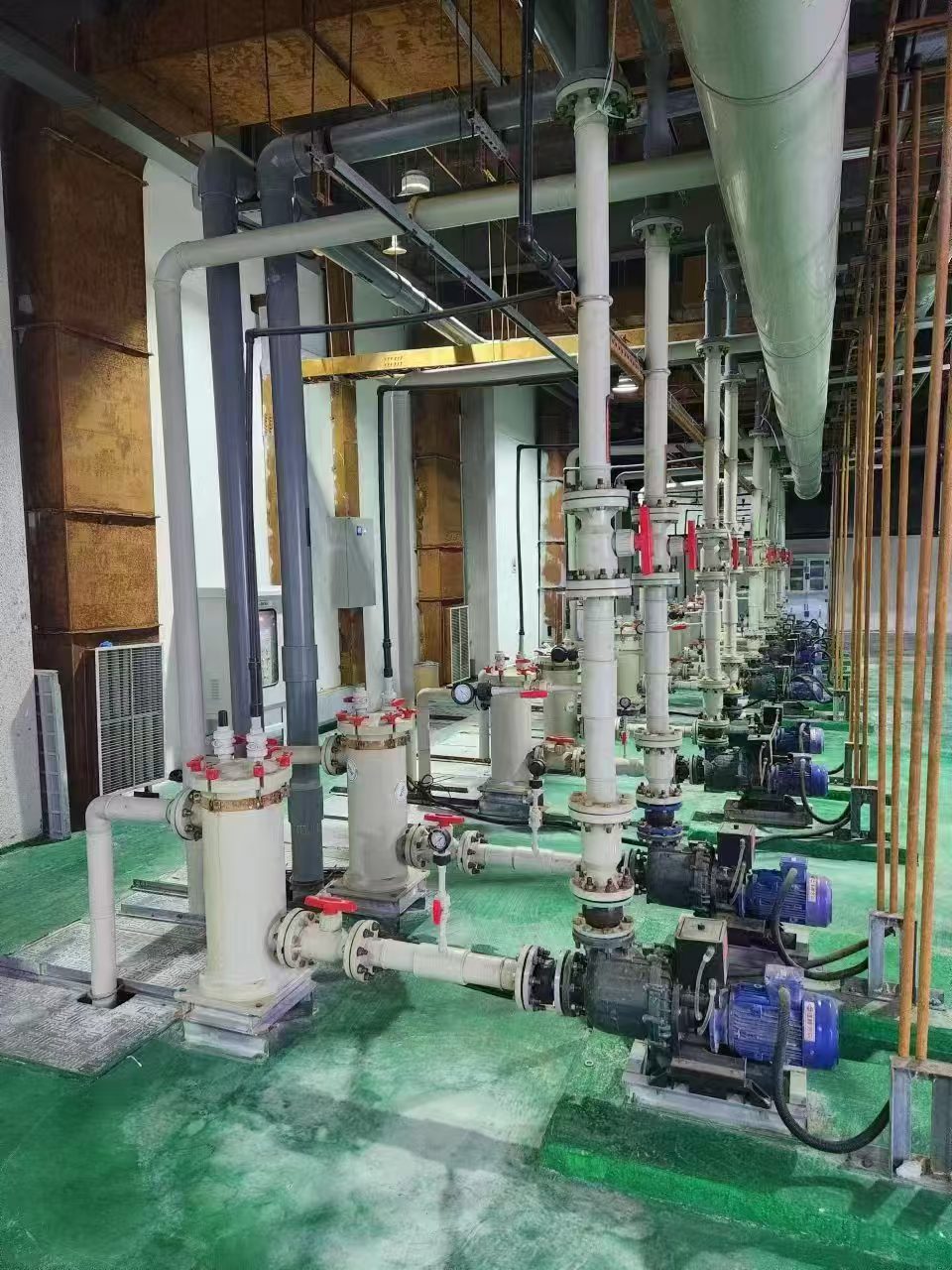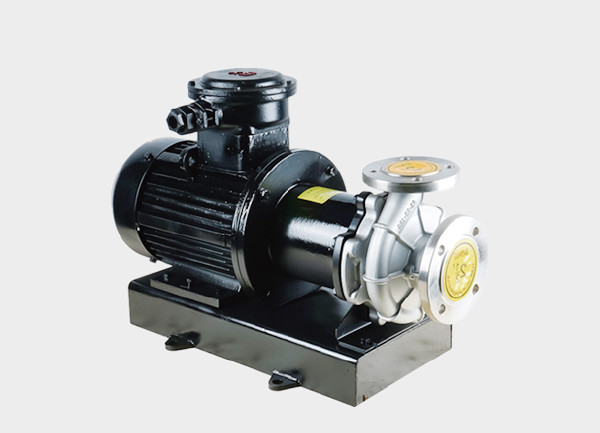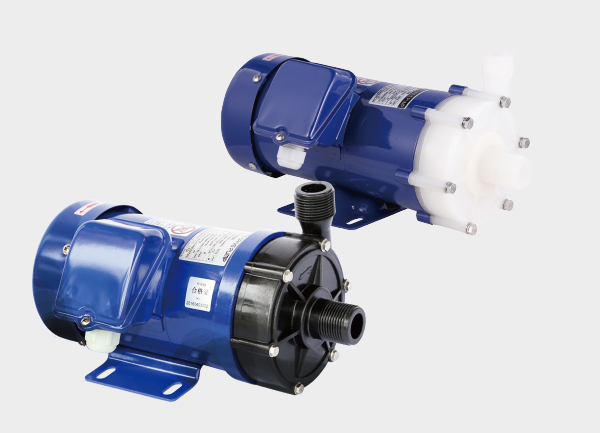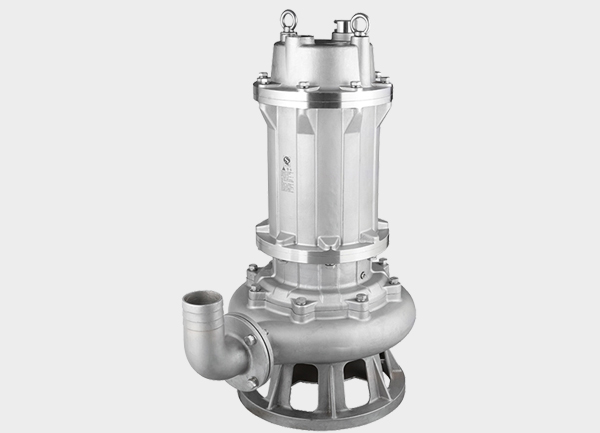Among all types of industrial pumps, the centrifugal pump remains the most widely used. From water supply and chemical processing to environmental protection and food manufacturing, this pump type dominates fluid transfer systems worldwide.
But why is the centrifugal pump so popular? What makes it a preferred choice across so many industries?

1. Simple Structure, High Efficiency
The centrifugal pump works by converting rotational energy into kinetic and pressure energy through the centrifugal force generated by its impeller.
Its design is simple—mainly composed of an impeller, pump casing, shaft, and seal—which makes it more stable and efficient than positive displacement pumps such as gear or plunger pumps.
Because of this simplicity, centrifugal pumps are ideal for continuous operation. They run quietly, require minimal maintenance, and provide steady flow rates even under variable load conditions.
2. Wide Application Range and Strong Adaptability
Centrifugal pumps can handle almost all types of clean or slightly contaminated liquids. Their versatility largely depends on the pump’s material and structure:
Cast iron pumps are suitable for clean water or neutral liquids.
Stainless steel centrifugal pumps resist corrosion and are widely used in the chemical, pharmaceutical, and food industries.
Plastic (fluoroplastic) centrifugal pumps can handle highly corrosive acids and solvents.
Self-priming centrifugal pumps can evacuate air automatically, making them ideal for intermittent operation.
This adaptability allows centrifugal pumps to cover almost every fluid-handling application—from pure water to chemical solvents.
3. Reliable Operation and Low Maintenance Cost
Another major reason for their popularity is the low cost of ownership.
Centrifugal pumps have fewer moving parts, a long service life, and easy maintenance. With standardized components and minimal lubrication requirements, the total maintenance cost is far lower than that of other pump types.
Many factories have replaced outdated models with high-efficiency centrifugal pumps, achieving up to 20% energy savings.
4. Multiple Configurations for Different Needs
Centrifugal pumps come in various configurations: single-stage, multistage, vertical, horizontal, self-priming, explosion-proof, and magnetic drive types.
Different industries can select the right structure based on their specific process and liquid type—from chemical process transfer to water circulation systems and wastewater treatment.
✅ Conclusion: Proven Technology, Reliable Performance
The success of the centrifugal pump lies in its technical maturity, reliability, versatility, and cost-effectiveness.
It has become the “heart” of industrial fluid systems, and as energy efficiency and automation continue to advance, smart centrifugal pumps will define the next stage of fluid engineering.







